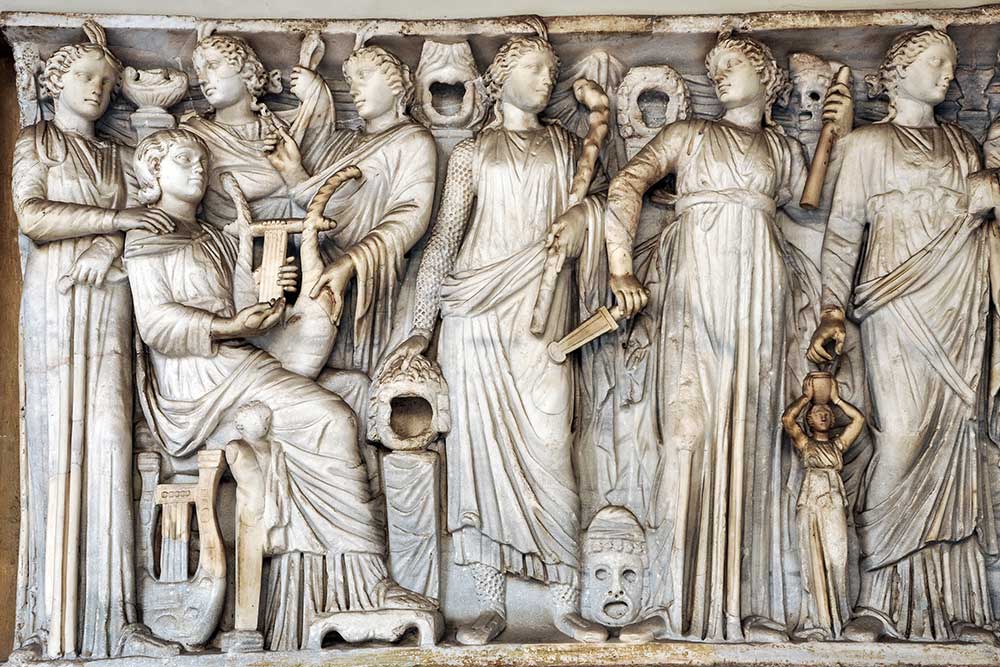Introduction
This essay explores the roles of the Minoans and Mycenaeans, two prominent Bronze Age civilisations of ancient Greece, in shaping early Aegean society. The Minoans, based on Crete from approximately 2700 to 1450 BCE, and the Mycenaeans, who dominated mainland Greece from around 1600 to 1100 BCE, played distinct yet interconnected roles in cultural, economic, and political spheres. This discussion will examine their contributions to trade, art, and governance, highlighting their influence on subsequent Greek culture. By drawing on academic sources, the essay aims to provide a broad understanding of their societal roles while acknowledging the limitations of archaeological evidence.
The Minoans: Pioneers of Maritime Trade and Culture
The Minoans are often regarded as one of the earliest advanced civilisations in Europe, with their society flourishing through maritime dominance. Based on Crete, they established a network of trade routes across the eastern Mediterranean, exchanging goods such as pottery, olive oil, and wine with regions like Egypt and the Near East (Dickinson, 1994). Their role as traders not only enriched their economy but also facilitated cultural exchange, evident in the Egyptian influences seen in Minoan frescoes.
Beyond trade, the Minoans played a significant role in art and religious practices. Their vibrant frescoes, depicting nature and ritualistic scenes, suggest a society deeply connected to spiritual life. Scholars argue that their palatial complexes, such as Knossos, served as administrative and religious centres rather than fortified strongholds, indicating a relatively peaceful society (Fitton, 2002). However, the lack of written records beyond the undeciphered Linear A script limits our understanding of their precise political structures. Generally, the Minoans’ role as cultural innovators laid foundational artistic and architectural traditions for later Greek societies.
The Mycenaeans: Warriors and Political Innovators
In contrast to the Minoans, the Mycenaeans emerged as a more militaristic civilisation on mainland Greece. Their role as warriors is evident from archaeological finds, including fortified citadels like Mycenae and Tiryns, and the presence of weaponry in grave goods (Shelmerdine, 2008). This militaristic focus likely enabled them to dominate weaker neighbours and, eventually, to conquer or assimilate Minoan territories around 1450 BCE.
Politically, the Mycenaeans introduced more structured governance, as seen in their use of Linear B script to record administrative details, such as taxation and resource distribution (Dickinson, 1994). This suggests a complex hierarchy with a king (wanax) at its apex, supported by a bureaucratic system. Furthermore, their role in expanding trade networks after absorbing Minoan territories enhanced economic stability in the Aegean. Yet, their heavy reliance on warfare may have contributed to their eventual decline, as internal conflicts and external invasions destabilised the region by 1100 BCE (Shelmerdine, 2008). Their influence, notably in language and governance, arguably shaped the trajectory of later Greek states.
Interconnected Roles and Limitations of Evidence
While the Minoans and Mycenaeans had distinct roles, their interactions were pivotal. The Mycenaeans adopted and adapted Minoan artistic styles and trade practices, illustrating cultural continuity (Fitton, 2002). However, the exact nature of their relationship—whether through peaceful assimilation or violent conquest—remains debated due to limited primary sources. This highlights a key limitation in fully understanding their roles; much of our knowledge relies on archaeological interpretation rather than textual evidence.
Conclusion
In summary, the Minoans and Mycenaeans played crucial yet contrasting roles in the development of early Aegean civilisation. The Minoans, as maritime traders and cultural innovators, established trade networks and artistic traditions, while the Mycenaeans, as warriors and political organisers, introduced militaristic and administrative structures. Their interconnected influences underscore the complexity of Bronze Age society, setting the stage for classical Greek culture. Nevertheless, the scarcity of definitive evidence reminds us of the challenges in reconstructing their precise societal contributions. Further archaeological discoveries may yet refine our understanding of these foundational civilisations.
References
- Dickinson, O. (1994) The Aegean Bronze Age. Cambridge University Press.
- Fitton, J. L. (2002) Minoans. British Museum Press.
- Shelmerdine, C. W. (2008) The Cambridge Companion to the Aegean Bronze Age. Cambridge University Press.


